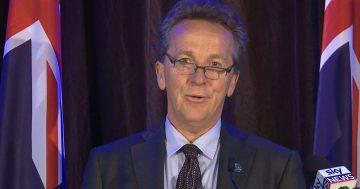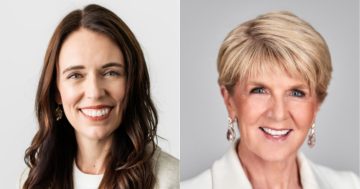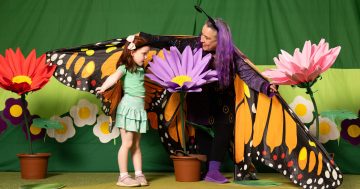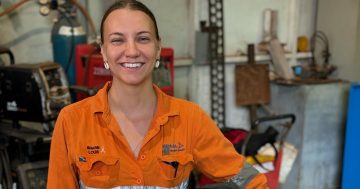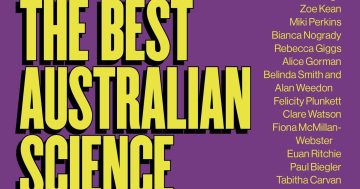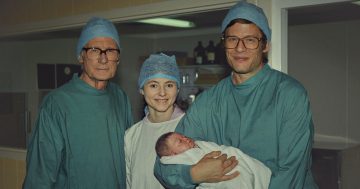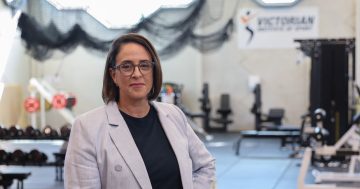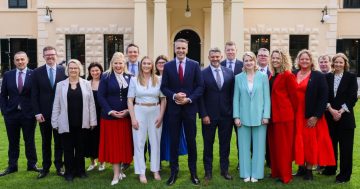Angela Priestley* used the recent Science Week to review the achievements of Australian women in the field.
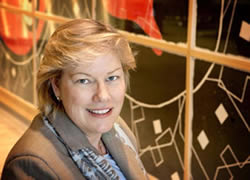 It has been a special year for Australian women in science, given some of the very visible role models now available.
It has been a special year for Australian women in science, given some of the very visible role models now available.
For one, there’s the 2018 Australian of the Year, quantum physicist, Michelle Simmons.
Her Australia Day Address was incredibly inspiring for anyone pushing to have a big career — in science or not.
There are a couple of words in it I regularly recite when thinking about goals and other decisions: “Do the hard things”.
Then there’s Megan Clark (pictured), who was recently named head of the Australian Space Agency.
She started her career as a geologist, at a time when it was illegal for women to work underground.
“I just like the sense that you still feel like a kid, curious about how things work, that means your curiosity can run wild and that’s your job so how perfect is that,” Dr Clark said.
There is Cathy Foley, a physicist who has been named Chief Scientist at the Commonwealth Scientific and Industrial Research Organisation.
Her role aims to champion the impact and contribution of science to the world.
Dr Foley is widely recognised for her work developing superconducting devices and systems that have helped to unearth more than $6 billion in minerals worldwide.
She starts in the role in September, and says promoting women in science will be one of her key priorities.
Plus there’s Madhu Bhaskaran, from RMIT University, who has already won multiple science prizes for her work developing a form of ‘electronic skin” that monitors the environment and human body.
She picked up The ASPIRE Prize in Papua New Guinea, recognising innovation, research and education across the APEC region.
Lucy Palmer is the Laboratory head at the Florey Institute of Neuroscience and Mental Health.
She leads a laboratory focusing on understanding how the brain interprets our external world and what that means to our daily functioning.
A special mention also for Angelina Arora, a high school student who has developed biodegradable plastic made from prawn shells.
The above are just a tiny portion of the many incredible women in science leadership right now.
These women, who unfortunately are still vastly under-represented in the field, still continue to come up against stereotypes and assumptions about their work.
Just this week Tasha Stanton shared on Twitter what she described as the “sad thing about being a female in research”.
She can’t take her husband to events without people assuming he is the reason she’s attending.
She attended a recent event where she was referred to as the “less significant other”.
Her response? “No, I am the invited speaker.”
Dr Stanton regularly speaks and commentates on chronic pain and is researching the role of the brain in chronic pain at the University of South Australia.
We were stunned by the number of women in science who entered our Leadership Awards last year, all doing incredible work across a wide range of areas.
That’s why this year we wanted to separate the categories — with one for women in tech, and a second for women in health and science.
*Angela Priestley is the Founding Editor of Women’s Agenda. She tweets at @angelapriestley
This article first appeared at womensagenda.com.au.


